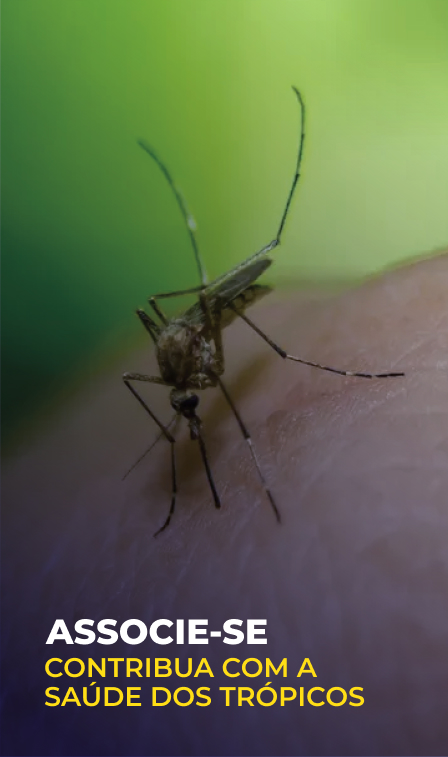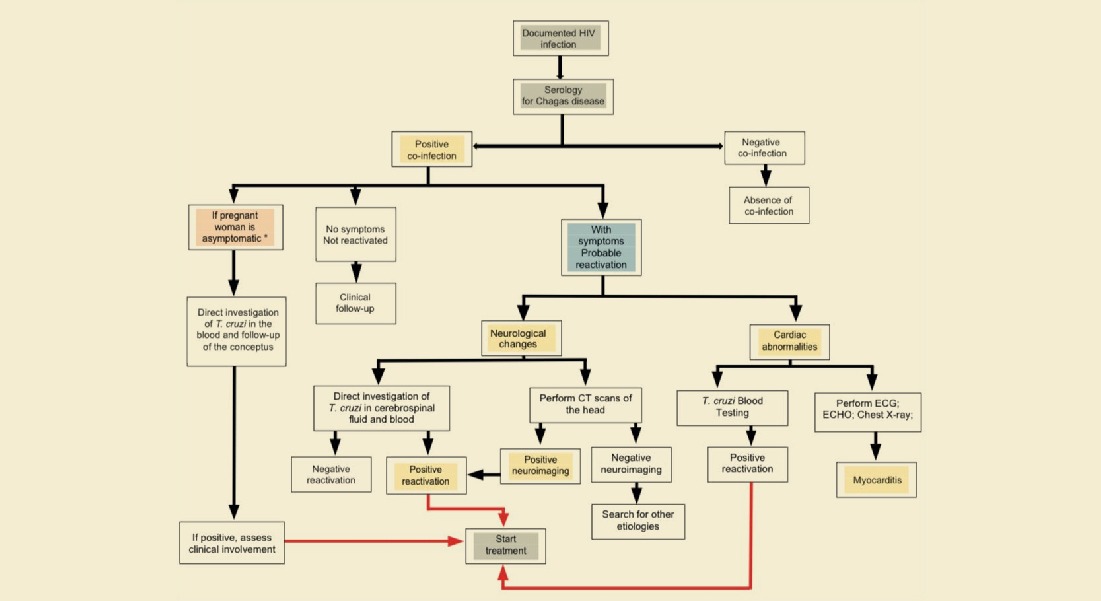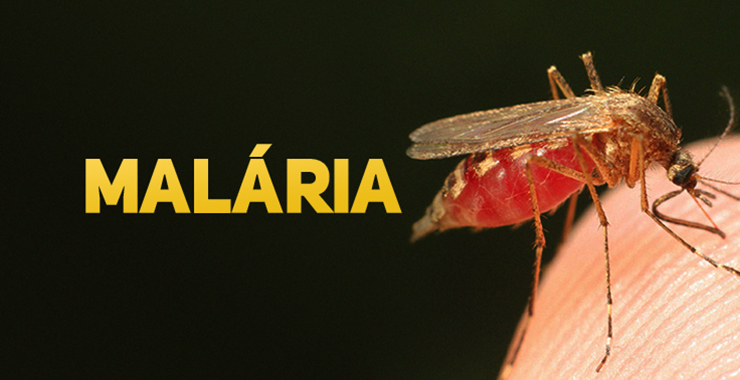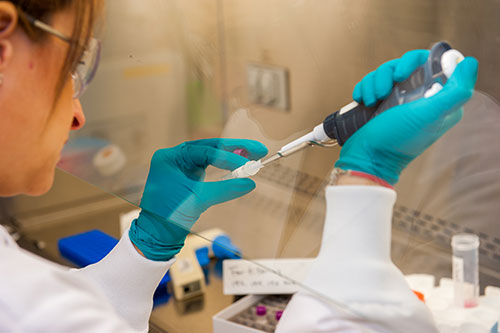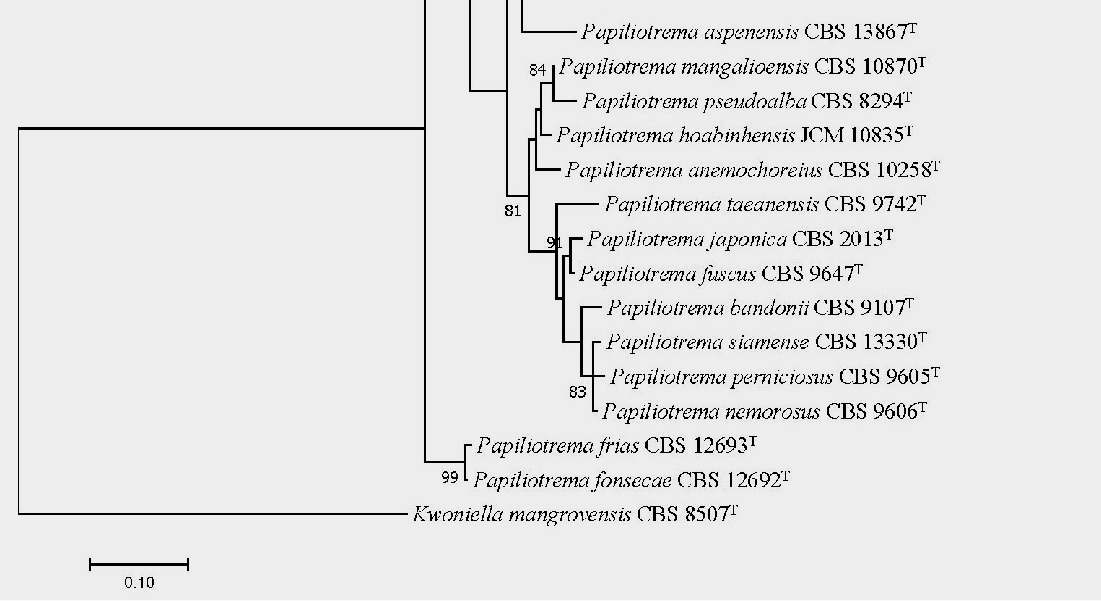
Norovirus: diarrhea epidemic in Santa Catarina surpasses major outbreak of 2016
More than 3.500 cases have been diagnosed
09/02/2023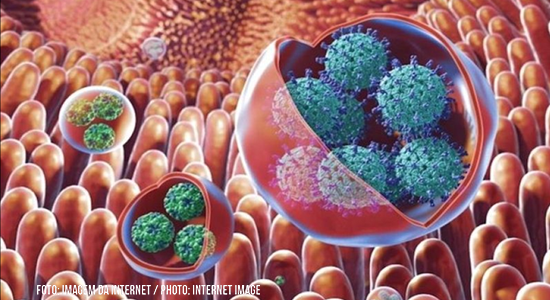
Diarrhea remains a leading cause of childhood morbidity and mortality. Norovirus causes 70 to 200 thousand deaths in children under 5 mostly in poor countries
The boom in the number of records of Acute Diarrheal Disease (ADD) has become a concern in the cities of Santa Catarina. The scenario was considered an epidemic by the Epidemiological Surveillance since January 06 when the cases exceeded the past five years average. In addition, another episode that worries the health authorities of Santa Catarina is the fact that almost half of the beaches have been classified as unsuitable for swimming, that is, they present risks to the health of swimmers, according to the report of the Institute of the Environment (IMA). The last analysis of swimming water quality noted that 128 points of the state’s coastline received this negative classification. Despite the signs, many people do not obey the signs. Among the diseases that can be contracted in water with a high number of microorganisms are infections, diarrhea and hepatitis A. As of January 20, the Monitoring of Acute Diarrheal Diseases (MDDA) of the city of Florianópolis recorded more than 3 thousand cases.
The Applied Virology Laboratory of the Federal University of Santa Catarina (UFSC), in an emergency partnership with BiomeHub and the Florianópolis Sanitary Surveillance (Visa), identified the genogroup human norovirus (HuNoV-GI) in the analyzed fecal samples from patients with gastroenteritis. In addition, water samples from beaches and river mouths were evaluated, with detection of norovirus Genotype I. According to Dr. Gislaine Fongaro, professor in the Department of Microbiology, Immunology and Parasitology and coordinator of the Laboratory, the analysis allowed to identify that the virus, excreted by feces, contaminates waters, that is, contamination occurs through feces containing millions of norovirus particles. However, norovirus has not been identified in the ocean. The professor explains that swimming conditions in Brazil and in several countries is measured by bacterial pattern as an indicator. “Viruses are sought in research or in cases of outbreaks, the more samples, the more representation one has of the situation of that sampled point,” she points out.
Norovirus is easily transmitted by contaminated food or drink and in crowded places. It can also spread through coughing or through hand-to-hand contact. In the face of the epidemic, the Epidemiological Surveillance makes a series of recommendations for prevention that include: washing hands frequently with soap and water or antiseptic solution, especially before meals; drinking filtered water; cooking food well; checking that they are well packaged and with production information and expiration date; avoiding raw eggs; and not going to beaches unsuitable for swimming. For the researcher, the most efficient way to control infectious agents is through basic sanitation, treated water and sewage.
Although diarrhea is a common disease, the numbers recorded since January of this year extrapolate the previous data, from the same time, when only the city of Florianópolis, now in an epidemic situation, was experiencing another outbreak. Asked about the difference from the current outbreak to what was recorded in 2016, Dr. Fongaro points out that the values reached at the beginning of the year are close to those recorded at that time on the coast of Santa Catarina, which also had norovirus as the main cause. “Since December 2022, an increase in cases of Acute Diarrheal Diseases has been observed in Florianópolis and the state coast. Currently more than 3.500 cases have already been diagnosed,” says the researcher, reinforcing the importance of monitoring water samples, more points on beaches, rivers and drinking water (including ice) and food, in addition to diagnosing patients, knowing the etiological origin of the outbreak. “Tracking possibly contaminated water and food, seeking sanitary improvements and avoiding new events are important actions,” she says.
Research maps causes of hospitalizations for child diarrhea
Published recently in the scientific journal BMJ Global Health, the research entitled “Etiology and incidence of diarrhea requiring hospitalization in children under 5 years of age in 28 low-income and middle-income countries: findings from the Global Pediatric Diarrhea Surveillance network” presents data from the monitoring carried out between 2017 and 2019 in sentinel hospitals in 28 countries, covering the regions of the Americas, Africa, Europe, Asia and Oceania. According to the article, noroviruses accounted for a significant portion of child hospitalizations, being detected in 6.5% of cases.
Using the collected data, it was possible to estimate the number of deaths of children under 5 years old caused annually by each of the microorganisms in low- and middle-income countries. The data revealed 36 thousand deaths caused by noroviruses. The study also pointed out that most hospitalizations in South America were due to norovirus. As a reference, the researchers also analyzed outpatient occurrences, especially in outbreak situations and not only severe cases, which require hospitalization. In Brazil, approximately twice as many norovirus infections were detected compared to rotaviruses. According to the paper, improving efficacy and vaccination coverage, as well as prioritizing interventions against norovirus can further reduce morbidity and mortality from diarrhea.
Importance of vaccination and the financial burden of norovirus
Studies are currently underway to develop immunizers against norovirus. Virologist Dr. Tulio Machado Fumian, a researcher at the Laboratory of Comparative and Environmental Virology at the Oswaldo Cruz Institute (IOC/Fiocruz) in Rio de Janeiro, highlights some obstacles to the development of an effective vaccine against norovirus. According to him, the great genetic and antigenic diversity, the rapid evolution of this virus, the lack of long-term immunity, associated with the lack of animal model that reproduces the disease and the lack of an in vitro cultivation system, to study issues related to immunity and protection against infections, prevents the production of viral mass necessary to produce vaccine and study the replicative cycle of norovirus.
“The introduction of the rotavirus vaccine, for example, in more than 100 countries today, has slowed the circulation of this virus. That is, in those countries that have introduced vaccination in the national immunization program, and that manage to maintain a high vaccination coverage, norovirus has become the main viral agent causing diarrhea,” he explains. He also emphasizes that in the study cited, norovirus was the most important agent in Latin American countries, and rotavirus in the vast majority of the assessed regions. “The vaccine decreased the circulation of rotavirus and consequently opened the ecological niche for the infection and prevalence of other viral agents, in this case, norovirus.”
In 2016, the research “Global Economic Burden of Norovirus Gastroenteritis” published in the scientific journal PLoS One, pointed out that globally norovirus resulted in a total of $4,2 billion (95% UI: US$ 3.2-5.7 billion) in direct health system costs and $ 60,3 billion (95% UI: US$ 44.4-83.4 billion) in social costs per year. Researchers from the Bloomberg School of Public Health at Johns Hopkins University in the United States concluded that gastrointestinal problems caused a high drop in productivity, which can be measured from the days people stopped working due to norovirus-related diseases, or because they had to stay at home caring for a sick child, for example. Identifying the overall cost of norovirus helps to improve the allocation of attention and resources for prevention and control, including informational campaigns.
Causer of gastroenteritis outbreaks
Noroviruses are one of the leading causes of acute epidemic and pandemic gastroenteritis (AGE) worldwide, with contaminated food and water being important routes for their transmission. About 14% of the outbreaks in developed countries occur through food transmission, a proportion that may be higher in countries with more vulnerable social conditions. Despite not being well known by the general population, every year, noroviruses cause between 70 and 200 thousand deaths of children under 5 years old, mainly in poor countries.
In 2020, a work published in Microbiology Resource Announcements entitled “Partial Genome Sequences of Human Norovirus Strains from Northeast Brazil” performed the first genetic sequencing of the norovirus circulating in Pernambuco. Before this study, the literature had little information about norovirus in this region. In Pernambuco, for example, there was only one research published in 2004, which evaluated children from Recife up to 5 years old.
In 2018, the study “Detection of norovirus epidemic genotypes in raw sewage using next generation sequencing” investigated the occurrence of norovirus and its RNA levels in 156 samples collected between May 2013 and May 2014, at three different stages (52 samples each) from a wastewater treatment plant (WWTP) in Rio de Janeiro. The research highlighted the identification of 13 norovirus genotypes in raw sewage using deep sequencing; larger and smaller GII norovirus genotypes were detected in raw sewage; norovirus genotype GII.17 was found before its detection in clinical cases; secondary sewage treatment decreased norovirus RNA levels to undetected levels; autumn/winter seasonality was observed only for GI norovirus.
About norovirus
The increase in cases caused by this virus has increasingly drawn attention to noroviruses, which cause acute gastroenteritis, which, although self-limited in most cases, can lead to deaths in newborns, the elderly and immunocompromised patients. Noroviruses, formerly called Norwalk-like viruses, were the first described viral agents linked to gastrointestinal disease, but for a long time considered a secondary cause of gastroenteritis, after rotaviruses. Belonging to the Caliciviridae family, they are highly contagious, and fewer than 100 viral particles are sufficient to infect an individual. In view of its high infectious and resistance capacity in the environment, it is able to remain on surfaces with which the infected person had contact, facilitating transmission.
Symptoms include intense liquid bowel movements, without the presence of blood in the stool; high fever, which occurs in half of the cases, vomiting; headaches and abdominal pains; weakness and tiredness; myalgia (muscle pain) and malaise. Symptoms usually appear 24 hours to 48 hours after infection and last around 1 to 3 days. The time of transmission occurs on average for up to 4 weeks after the onset of symptoms. The disappearance of symptoms does not mean that the individual does not transmit the condition to other people, since it can occur within two days after the symptoms have ceased. There is no treatment for gastroenteritis caused by norovirus, and it is recommended to rest and drink plenty of fluid to avoid dehydration. Medications to relieve pain, such as paracetamol, may also be used.
The diagnosis is made mainly through molecular tests performed directly in the feces. The development of molecular techniques aimed at the diagnosis of noroviruses has provided clearer data on the epidemiological impact of these viruses, currently recognized not only as the main cause of outbreaks of non-bacterial gastroenteritis, but also as an important cause of sporadic gastroenteritis in children and adults.





